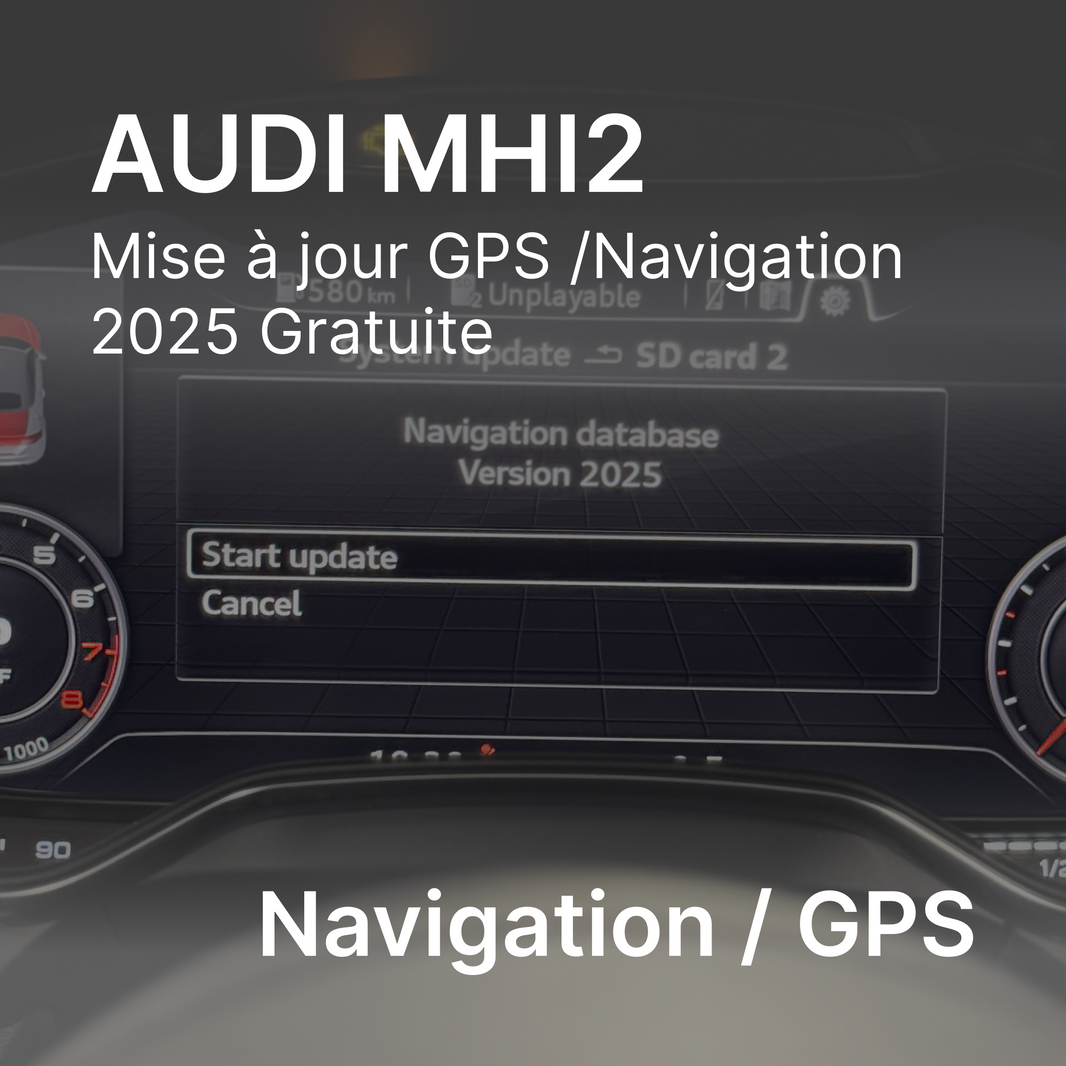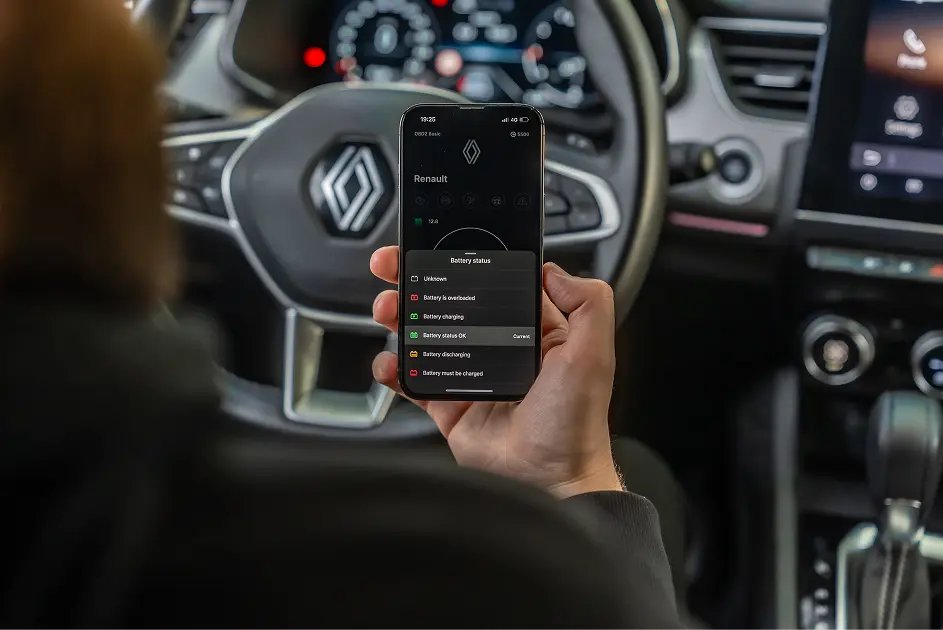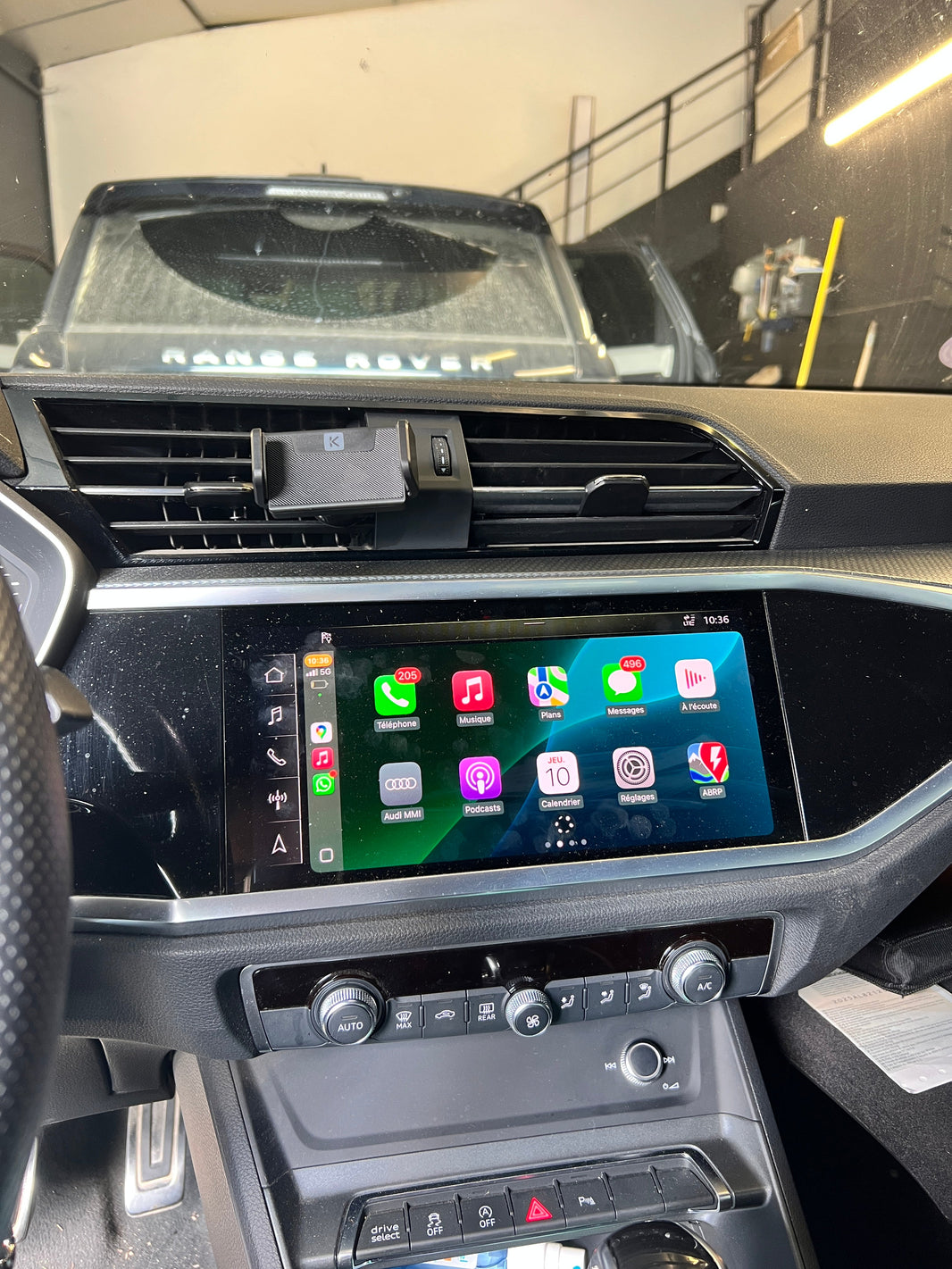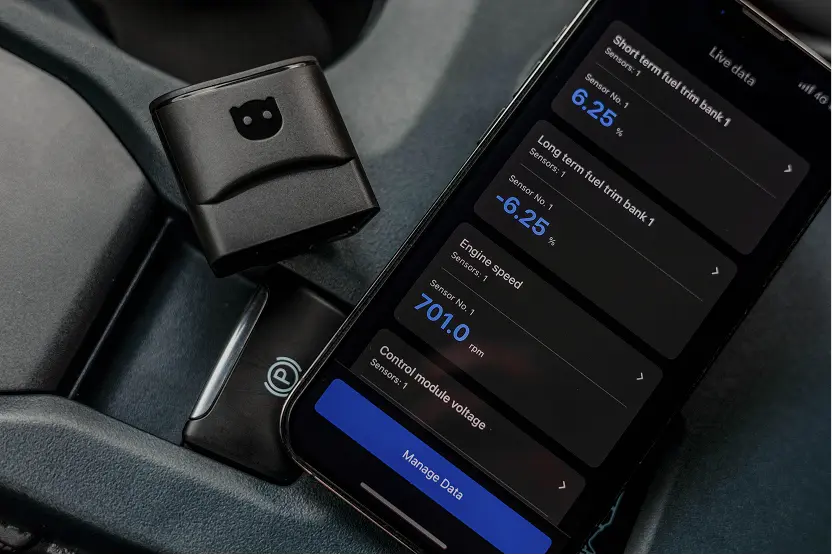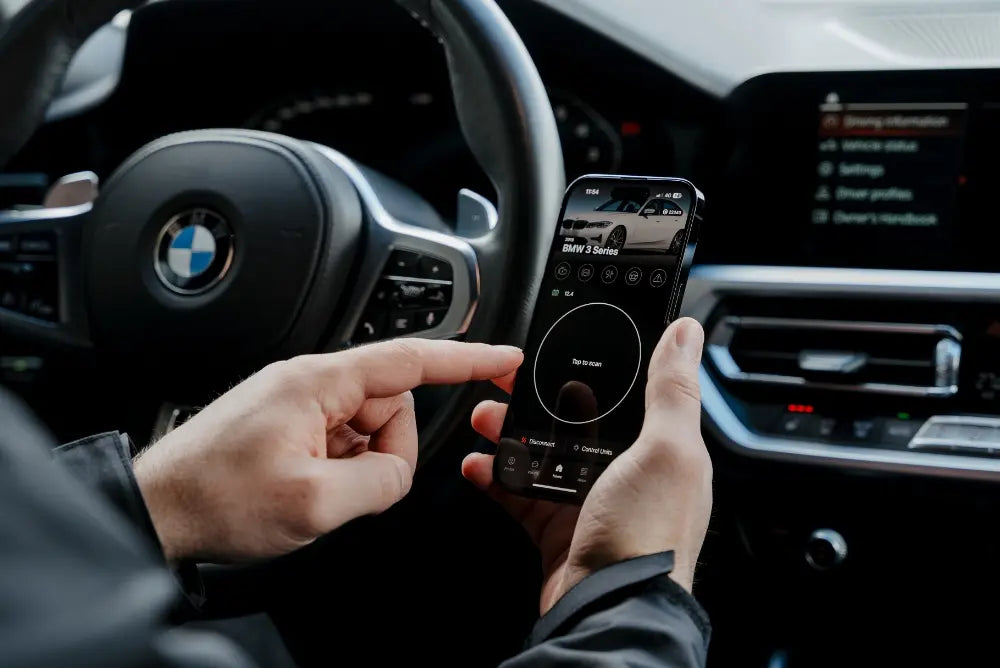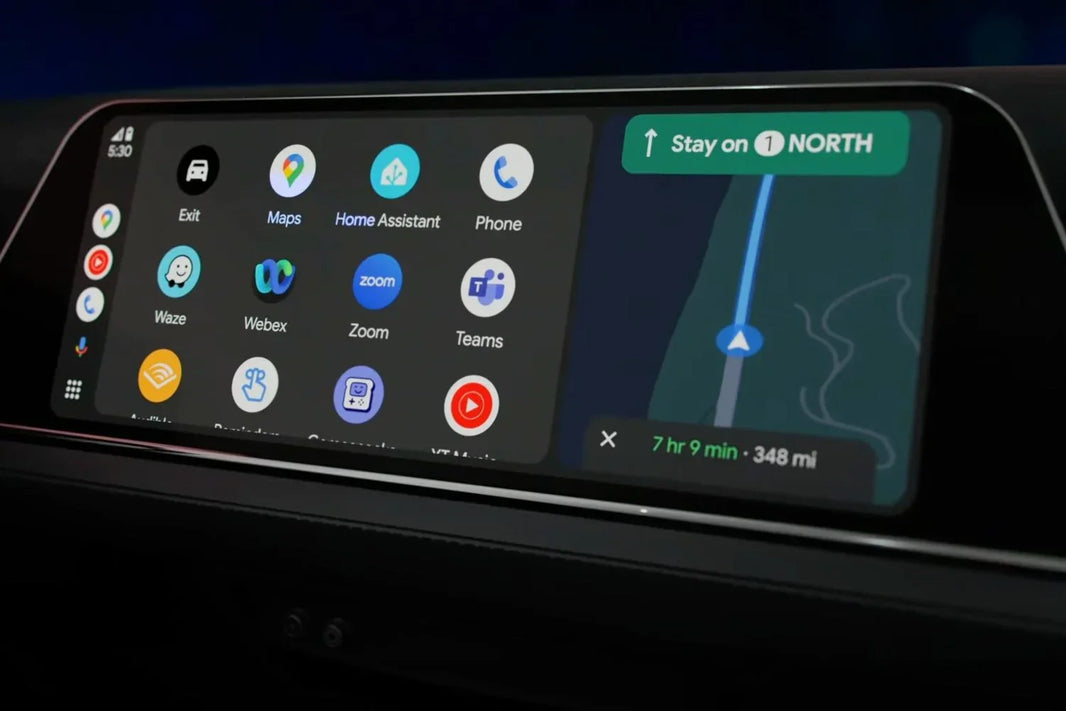There are two types of warning lights: red and amber. A red car warning light usually indicates a serious problem with your vehicle. You need to act quickly if the light on your dashboard is red, it could be an overheated engine, low engine oil pressure, or a brake problem.
Orange lights on the dashboard mean that the engine management system, the computer that runs the engine, has detected a fault. You can continue to drive a car with an orange light on the dashboard, but it won't go away on its own - you need to get to a garage for repairs as soon as possible.
Red lights on the dashboard indicate a serious car or safety problem and should be checked properly. The cause of the orange light should be checked as soon as possible. Refer to the owner's manual for further explanation.
Which warning light requires a mechanic to come out?
As we said above about car warning lights, if they come on, go to a safe place and stop the car. A red light will usually indicate a serious problem in your vehicle and requires professional attention.
As for the orange light, immediate intervention is not mandatory, however, you should not ignore its presence and have your vehicle checked by an automotive professional quickly. In any case, whether it is the engine lights or not, you must take into account this warning signal to ensure the proper functioning of your vehicle. Remember that the lights on your car do not come on randomly.
How to turn off the lights?
While DIY engine code scanners are available, clearing the constant warning light on the dashboard only fixes the symptom, not the cause. Your car is built with sensors to identify faults, minor to serious, so if you see the warning lights on the dashboard coming back over and over again, it could indicate a bigger problem.
The list of lights and their potential causes

1. The brake system pressure is low or the brake fluid level is too low. It is mandatory to check the brake circuit.
2. If you see this light appear, it means that one or more seat belts are not buckled.
3. ESP (Orbit Correction) System Error
4. The rear fog lights come on.
5. Battery charge: the battery is not charged enough, it is imperative to check the battery if the light stays on while driving. (see: Battery test)
6. Engine electronics failure. The vehicle can be driven, but problems may occur.
7. Diesel or fuel preheating. This warning light comes on briefly before the engine starts.
8. Low fuel level. The engine is running on reserve fuel, it needs to be refueled.
9. If this light is on, the coolant temperature is much too high. If this light stays on for too long, the cylinder head gasket may be damaged.
10. The hazard light or dipped headlights flashing rapidly (warning).
11. Activate the windshield separation function.
12. Brake pads are worn, must be replaced promptly.
13. Malfunction of one of the airbags.
14. If the oil light comes on, it is because the oil pressure is not enough, the engine cannot work properly. (see: when to change engine oil and how to choose)
13. Insufficient inflation pressure on one of the tires. The tire is deflated or flat. (see: Check your tire pressure correctly)
14. This warning light, which comes on, indicates that the ABS braking system is malfunctioning.


